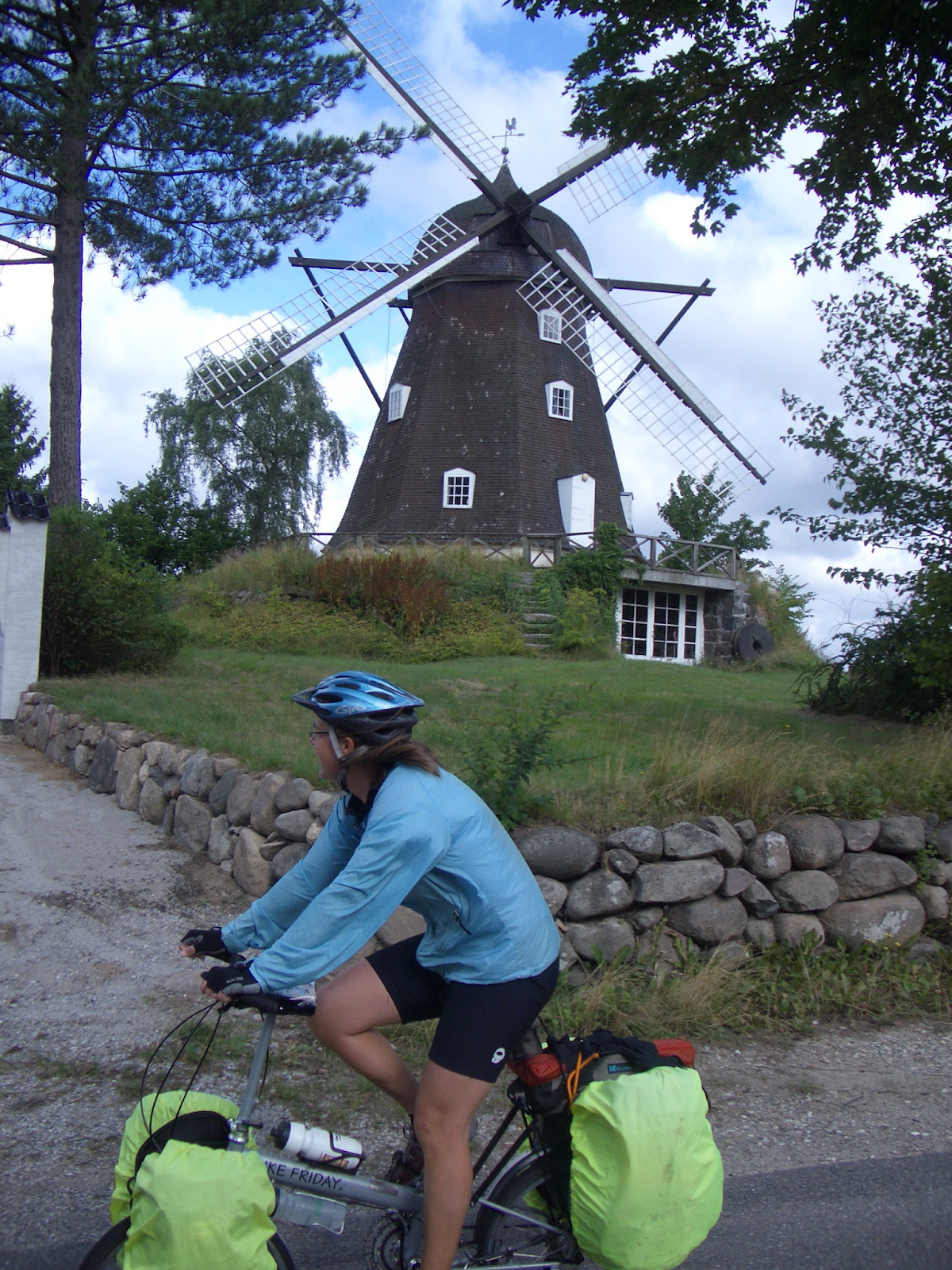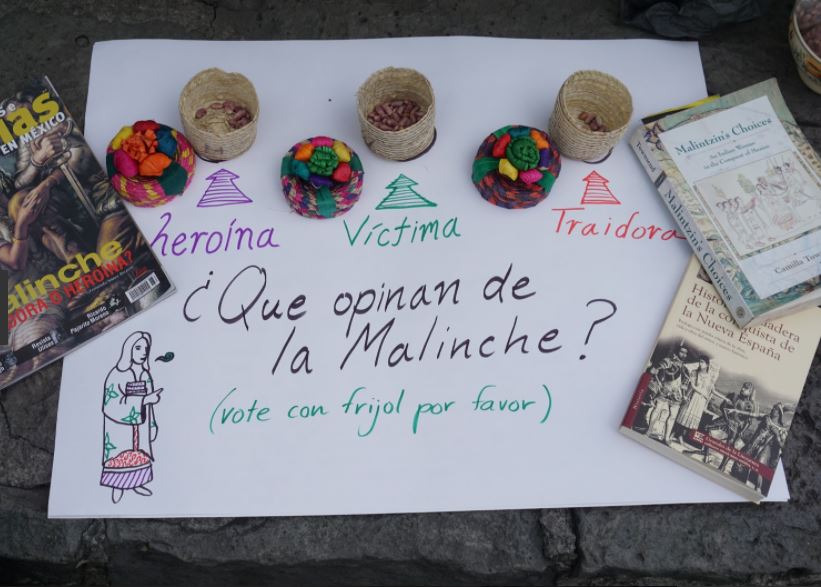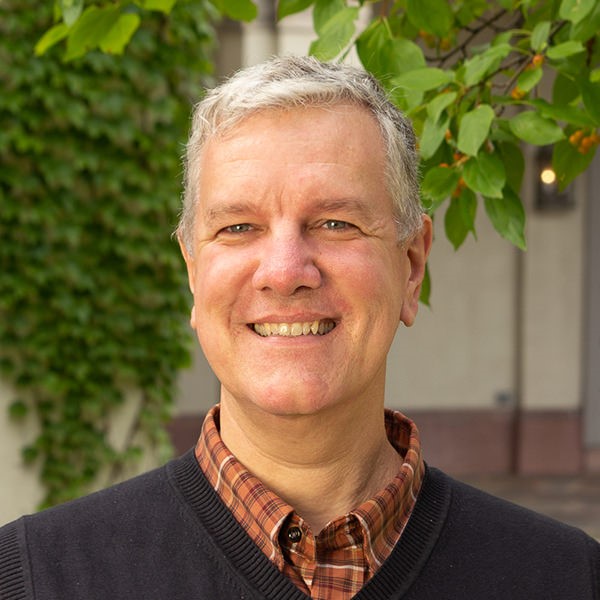The initial learning goals for my fellowship focused on my relative lack of knowledge about geological science. When I lead my students through explorations of the geological timescale, fossils, and distribution of resources, I stick close to published curricula to ensure that I provide them with factual information. With my Fund for Teachers grant, I sought to contextualize this science in our geographic space of the Western US and to learn enough to provide connections to which my students can relate. I planned a two-week RV road trip itinerary circling from Portland, Oregon, down the coast to Los Angeles, over to Arizona, and up through Utah and Idaho.
As I researched sites of interest along this route, I noticed the prevalence of Indigenous cultural sites, museums, and partnerships between the National Parks and Indigenous Nations. After a day of planning and writing, I shared my excitement with my 9- and 11-year-old children, who would be my travel partners. My daughter’s reaction added another primary learning target: “There are still Native Americans?” I was aghast that her formal learning in elementary school and our casual learning as a family had left her with this thought.
My itinerary shifted to ensure that we learned together both about modern Indigenous culture and the events that lead us to the intentional erasure of history.
I approached this learning with humility, respect, and an understanding that the lands I was planning to visit were taken from people who lived in and cared for these places since time immemorial. Three sites in particular stand out for providing opportunities to learn from Indigenous people: The Heard Museum in Phoenix, the visitors center in Bryce Canyon National Park, and the Utah Museum of Natural History in Salt Lake City.
The Heard Museum (picture courtesy of kid101.com) is an art museum with a beautiful collection of traditional and modern American Indian art. It houses a powerful collection that showcases the diversity and commonalities of Indigenous art and craft. The portion of the museum that left us in quiet contemplation, however, was not the stunning artwork. Upstairs, there is an exhibit that documents the experience of American Indian boarding schools. Through a collection of historic documents, photographs, and recorded interviews, the exhibit conveys the horror of the intentional cultural genocide, as well as the resilience of the students, who found ways to preserve their identity. Our visit coincided with news reports of the mass graves in Canada.
With this experience center of mind, we continued north through the Grand Canyon National Park, the Navajo Nation, and into Bryce Canyon National Park (top picture). In the Bryce Canyon Visitors Center, there is an exhibit called Native American Perspectives. Through interviews, representatives from several nations communicated a clear theme: You are always on Indigenous land. These parks which are your vacation that you will enjoy for a week are sacred. We have lived here for tens of thousands of years and we are still here.
Traveling onward, we visited the Utah Museum of Natural History. The Native Voices exhibit again showed the rich cultural history and the dispossession of land and resources. This exhibit had an additional focus: “We are among you. We are not limited to reservations. We are thriving, preserving our heritage, and teaching our children to continue our legacy ever stronger into the future.
At the Heard Museum, there is a placard referring to Navajo weaving that stuck with me. It reads:
“All at once, hundreds of years of songs, prayers, and traditions come together in every contemporary Navajo textile. All at once, an artist’s idea crystalizes. All at once, the artist’s years of training and practice combine to make the idea a reality.”
Together, these three exhibits provided me with a perspective of the “all at once” message that I internalized on this fellowship: I personally benefit from a brutal history of genocide and dispossession. I am always on Indigenous land. I have an opportunity and responsibility to incorporate this history and contemporary reality into my students’ learning.
View more of Melody’s photographs on her Instagram page.
[minti_divider style=”3″ icon=”” margin=”20px 0px 20px 0px”]
 Melody Childers (pictured on her fellowship at the Grand Canyon) teaches middle school science at Beaverton Academy of Science and Engineering in Beaverton, Oregon. She enjoys writing curriculum that present students with an opportunity to learn about current scientific challenges in a solutions-focused context. Melody has worked with the Bonneville Environmental Foundation on solar, hydrogen, and renewable natural gas technology project-based units. She sees outdoor recreation as a pathway to develop a stewardship mindset in students.
Melody Childers (pictured on her fellowship at the Grand Canyon) teaches middle school science at Beaverton Academy of Science and Engineering in Beaverton, Oregon. She enjoys writing curriculum that present students with an opportunity to learn about current scientific challenges in a solutions-focused context. Melody has worked with the Bonneville Environmental Foundation on solar, hydrogen, and renewable natural gas technology project-based units. She sees outdoor recreation as a pathway to develop a stewardship mindset in students.
























